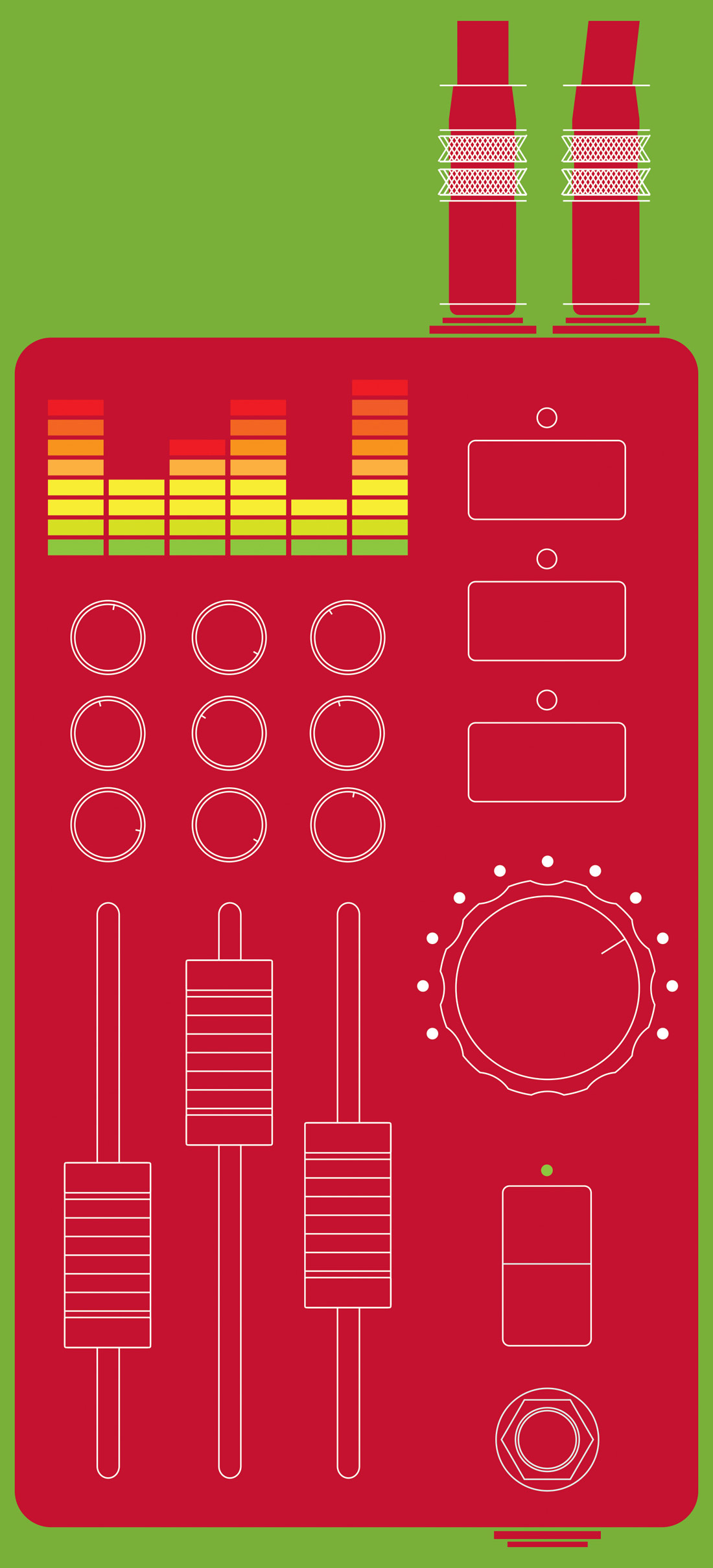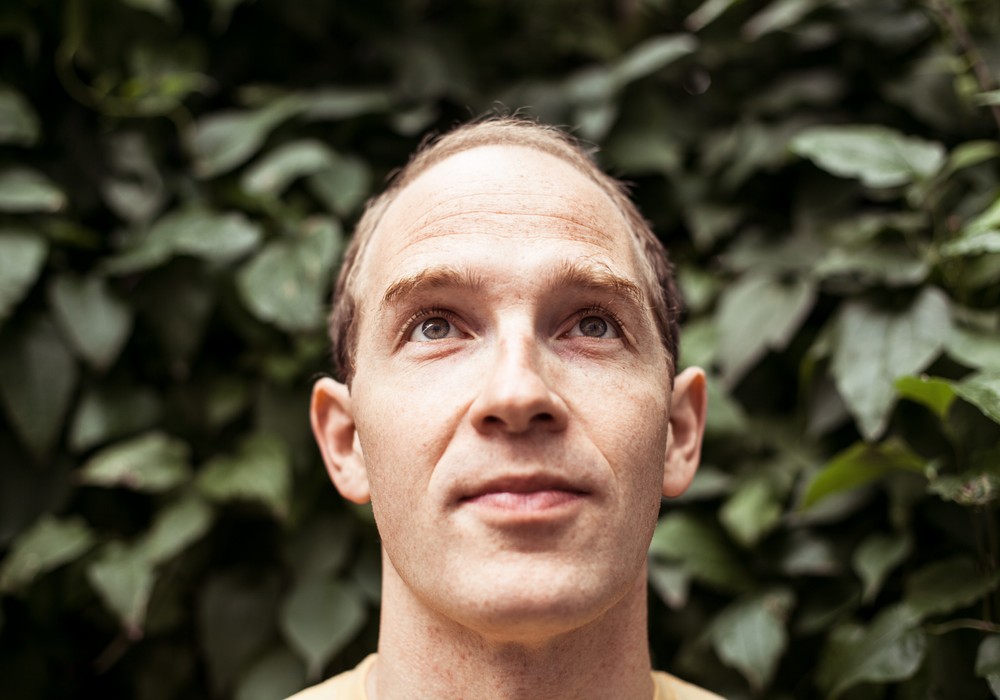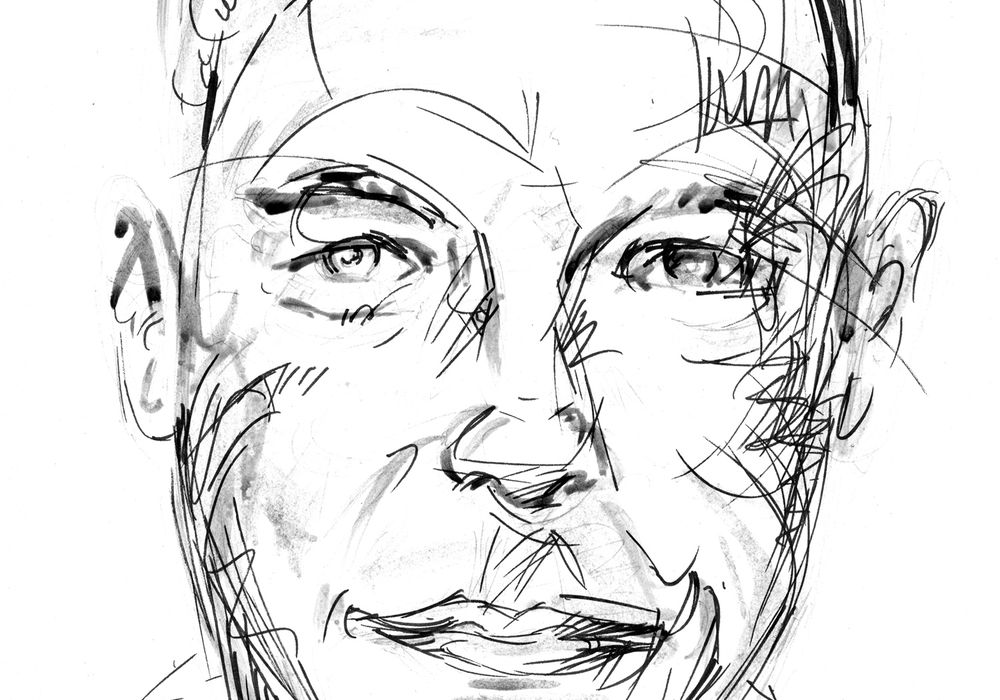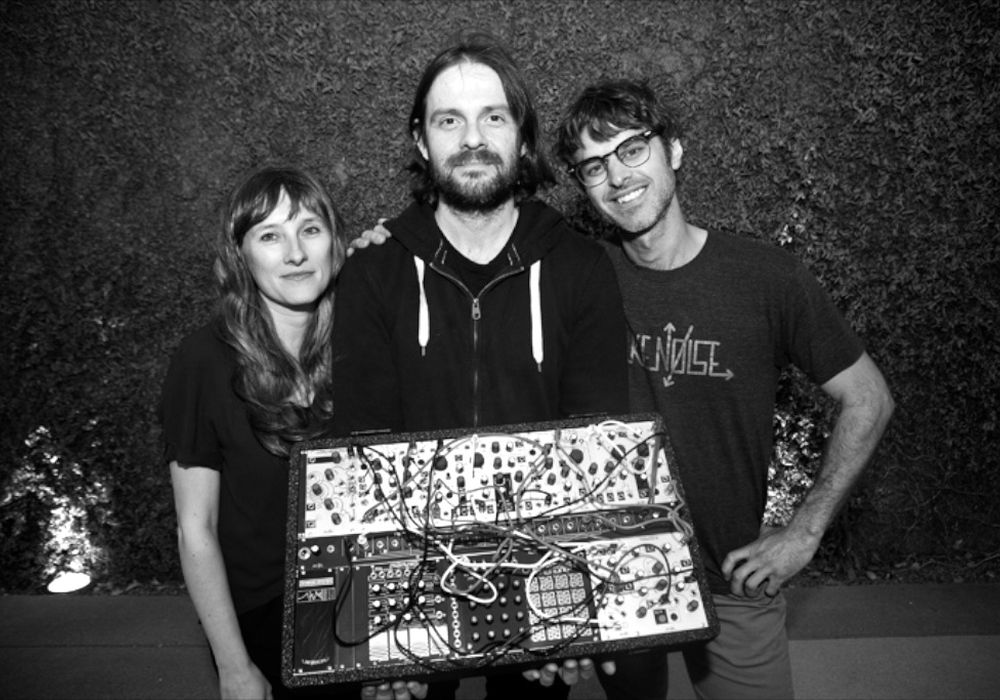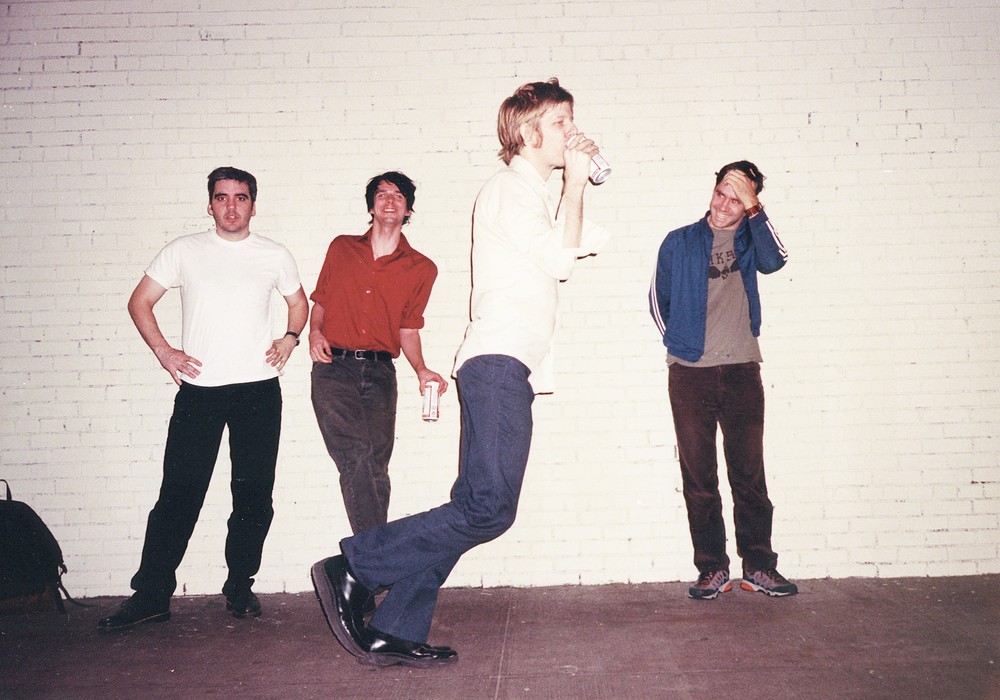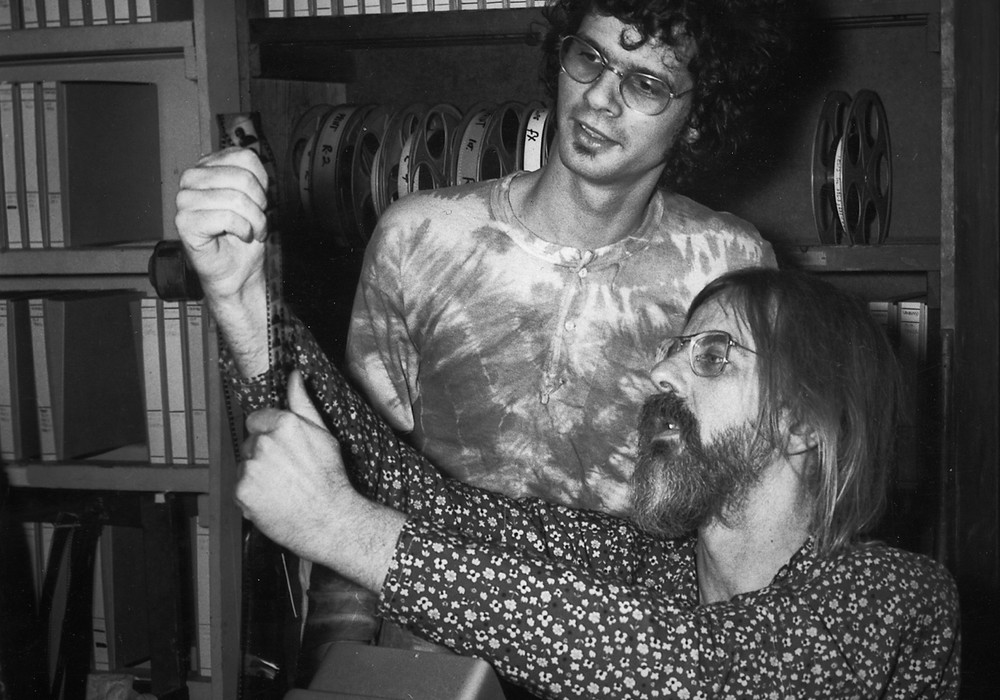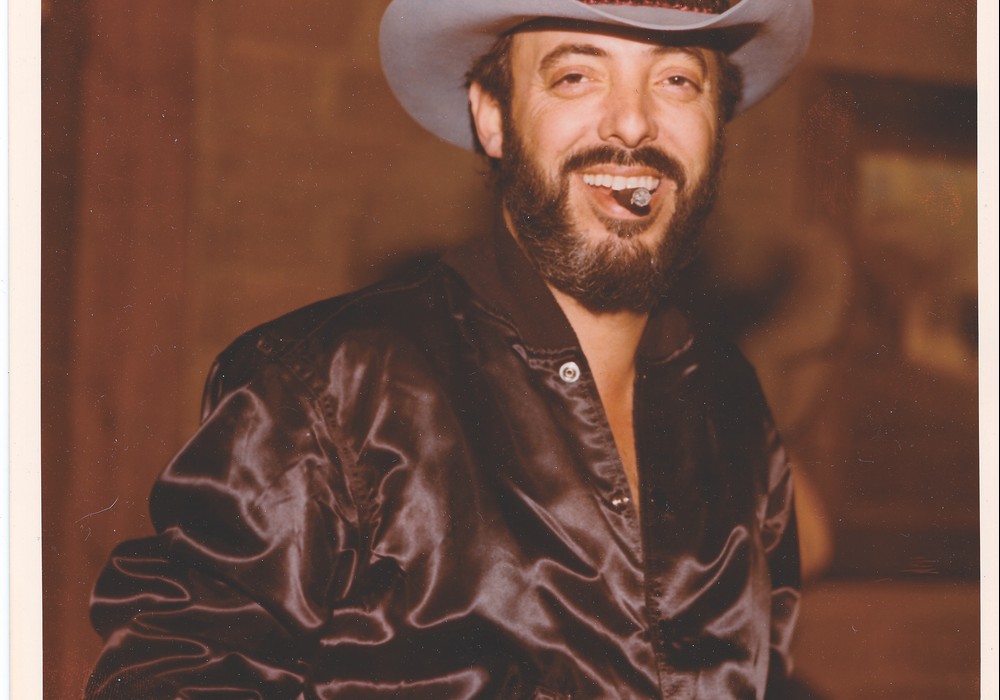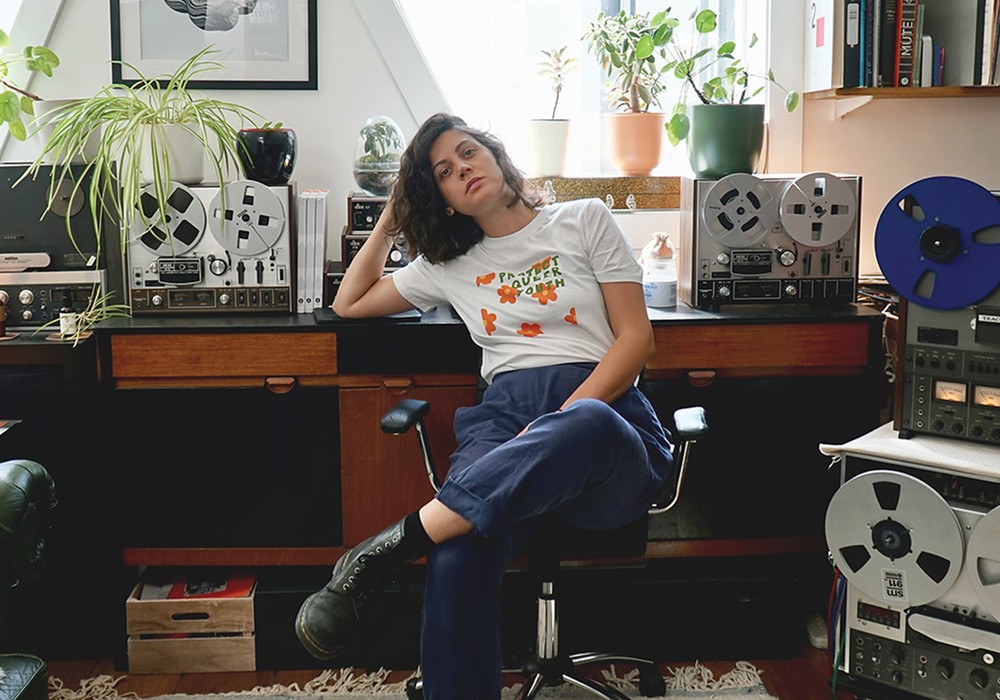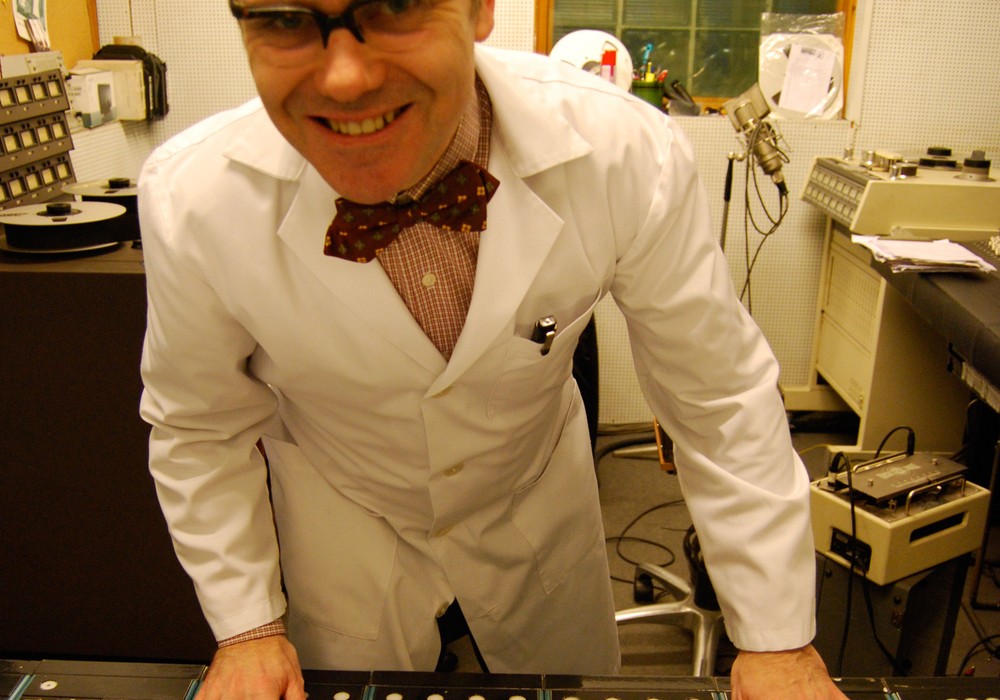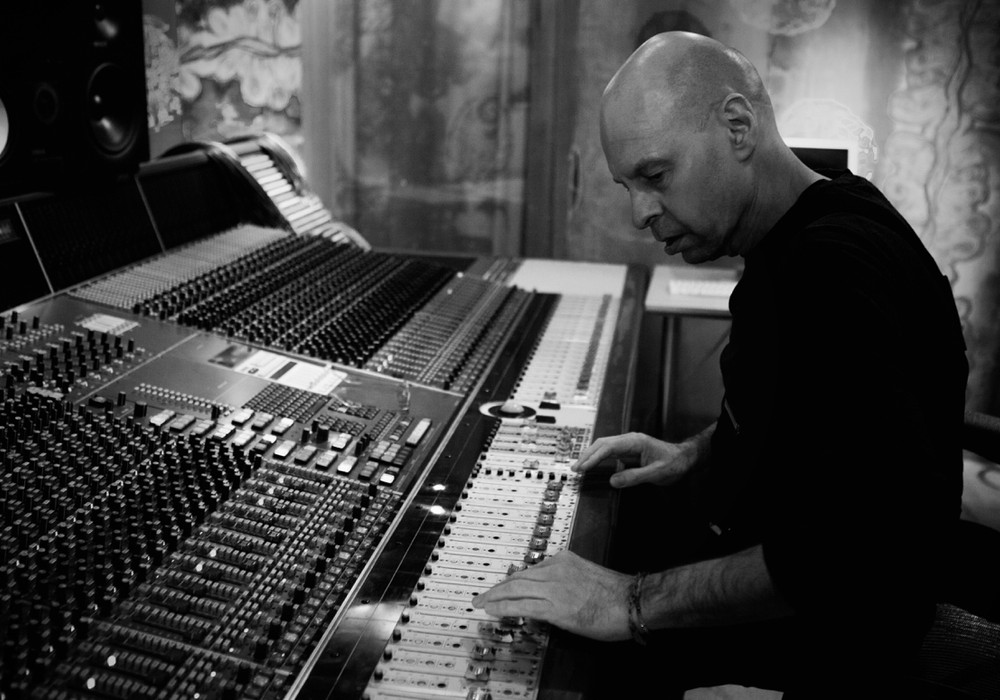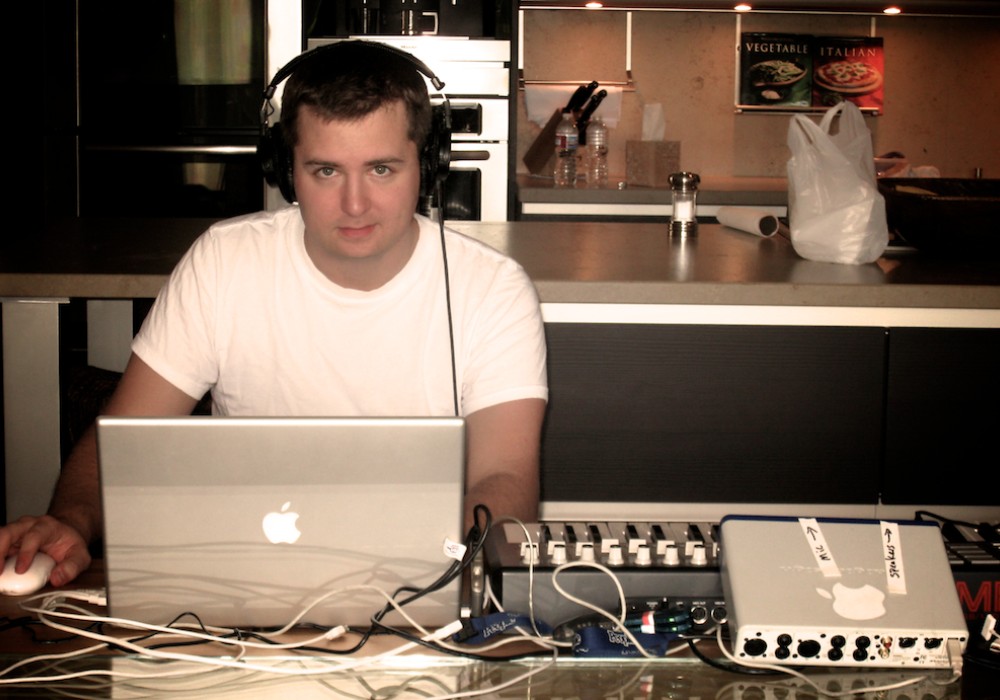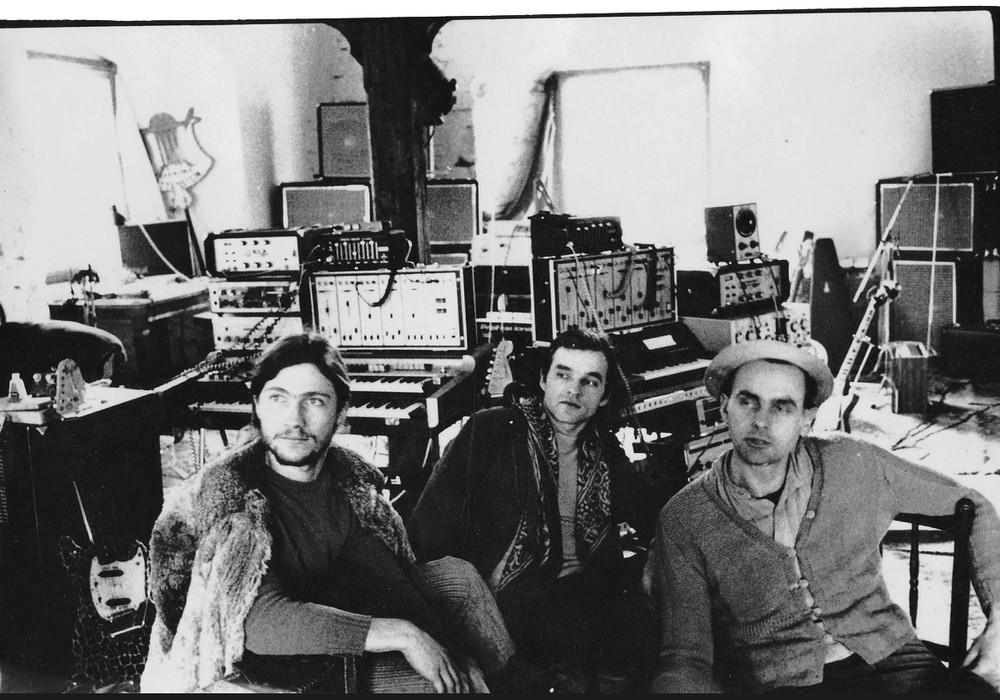The ease of modern music software has allowed for the creation of an abundance of average, homogenous, electronic records; but over the last 14 years, Dan Snaith's project, Caribou, has consistently stayed above the fray. Here's a peek into Dan's musical mind, and a look into the tools he uses to bring his ideas to life.
Are you in London now ?
Yeah, I'm in my basement studio room at home here.
Is that where you made the new record?
Yeah. There's a drum booth in the corner, a Fender Rhodes with a pile of cables on it, a couple of modular synths, a [Roland] Juno-106, and an EMT turntable. That's it.
When you were in Tape Op #37 [2003] you were still called Manitoba, just before you released Caribou's Up in Flames. How has your recording process changed?
I've always recorded at home. Back then it was in a corner of my then-girlfriend, now-wife's, bedroom with a little bit of equipment in it. I had the same Fender Rhodes, the same piles of records. I didn't have any outboard [gear]; I still don't have much. I didn't have any synthesizers, aside from a Yamaha kids' organ. I didn't have a proper audio interface. I now have a couple of API preamps and things, but back then I had nothing. I was plugging a mic into the microphone input on a laptop.
It's still a pretty minimal setup. The computer is where you're doing most of the work.
I've always used lots of software, but that's something that has changed so dramatically in the last decade. I don't think I was using any VST synths. Was that even a thing then? I was using [Sonic Foundry's] ACID. It's very similar to the way I use Ableton Live — I don't use it as a DJ thing, but more as a looping, multitrack arrangement tool. That hasn't actually changed so much. I use a fair bit of VST synths now, in complement with the external synths. I have lots of friends who have lovely desks and consoles, but I'm tracking a maximum of three or four channels. If I'm doing a drum kit or something, it's pretty stripped down. It's just me in here, so I don't need to track a whole band or anything. I can get good sounds without a lot of gear since I go through things one at a time.
When did you switch to Ableton Live?
Probably 2007.
Did you use it on the album Andorra [in 2007]?
Actually, no I didn't. That was probably still ACID. I didn't even have MIDI then. There was no MIDI on the interface, so I just had to play everything, sometimes while I was tweaking the filters at the same time. It's only recently that I've had what would be considered a "barely acceptable" setup. [laughs]
In the last interview, you said that not using MIDI contributed to things sounding more human. Are you still trying to incorporate that kind of feeling?
Yeah. All the tracks are made to a grid now, but I definitely use quantizing sparingly. I only do that if I want a really metronomic feel.
What's your integration of Ableton Live into your live performances?
There are four of us onstage with one laptop, two MIDI controllers, and a bunch of MIDI foot controllers — they are all connected to the same instance of Abtleton Live. We can all control one another's reverb sends, filters, mapping and arrangement, or changing the sound of what somebody else is playing. I'll have control over the arrangement, and I can skip to another section. Even though we used the modular synth for a lot of sounds on this new album, I love the Ableton Live setup so much that we will convert all the parts to software, just so we have that flexibility to play songs differently. I don't think we could travel with a lot of this gear anyway. The things that we gain from having that internal setup live are more valuable to me, even if it doesn't sound quite as good as the real synths.
For the live show are you on a click, or is Ableton keeping up with you somehow?
It's a bit of both. Most of the time there's a click, but only the drummer is hearing it. We need something keeping time for when it would be too difficult just by listening. There's no rolling backing track — everything is played by us — but...
